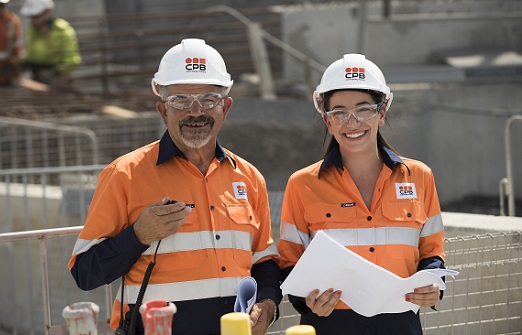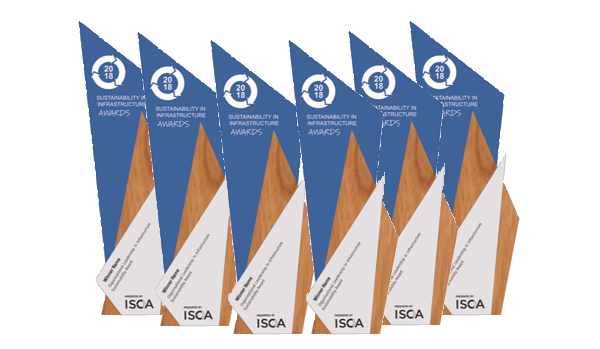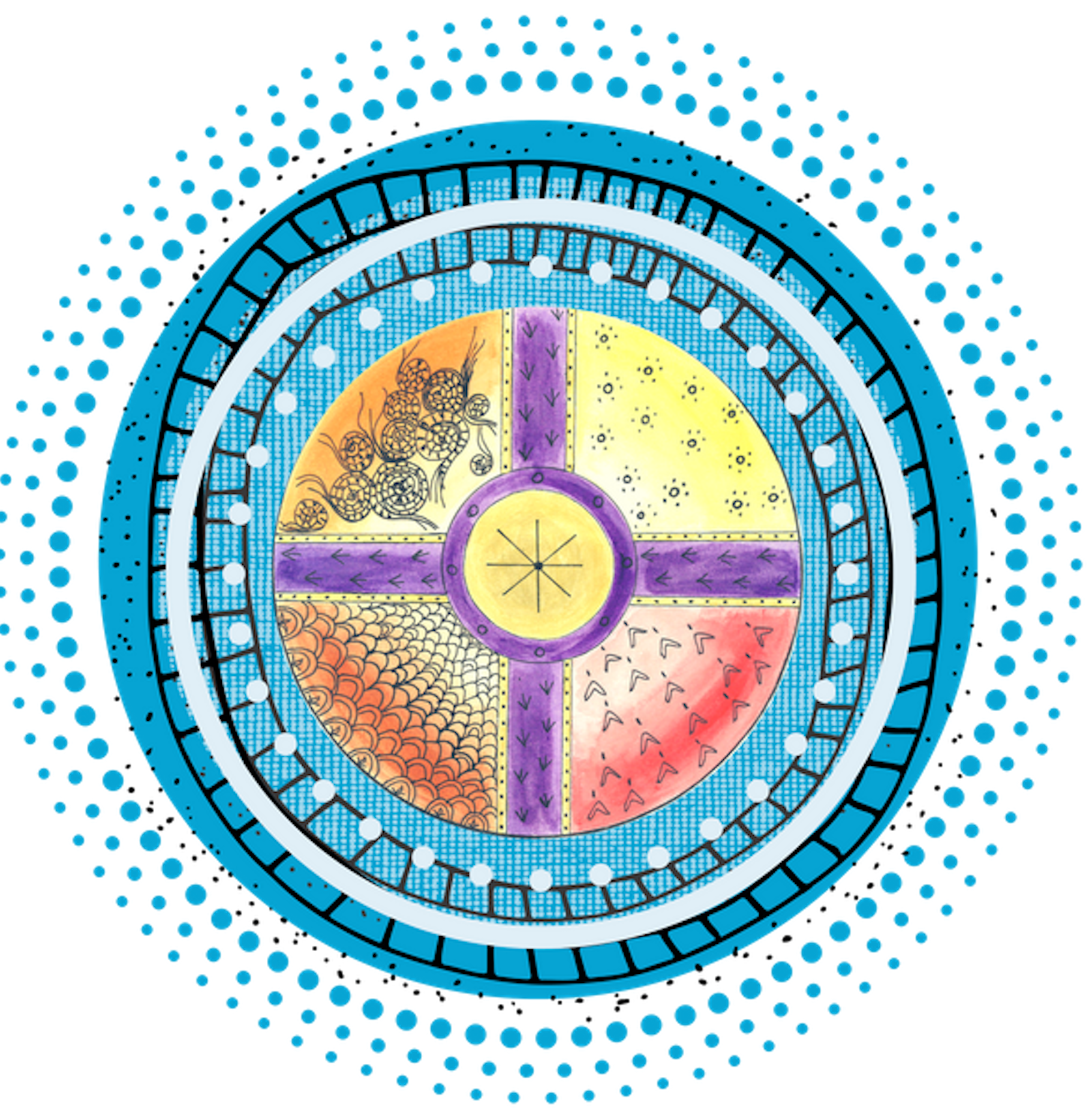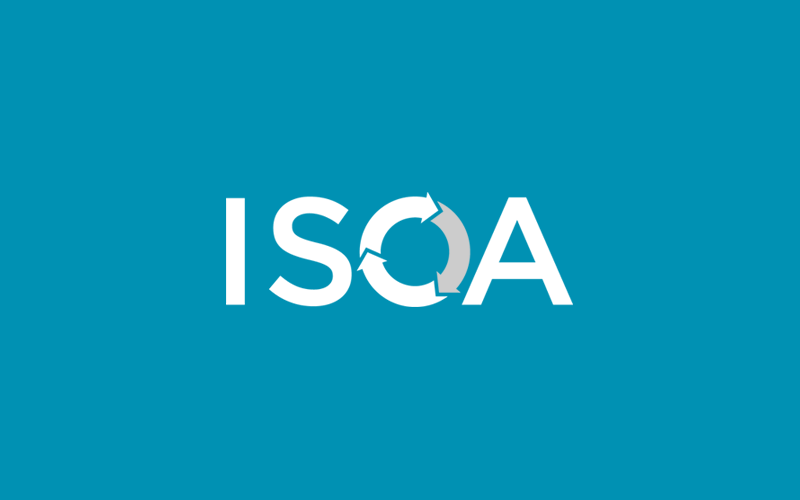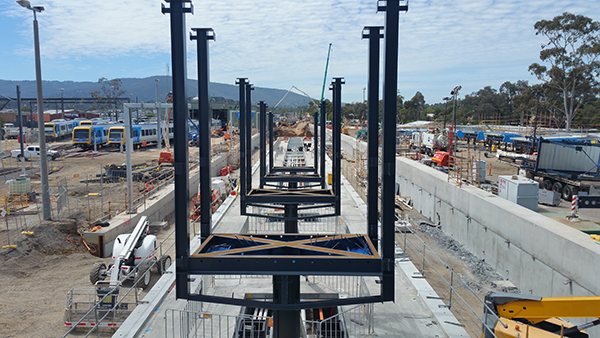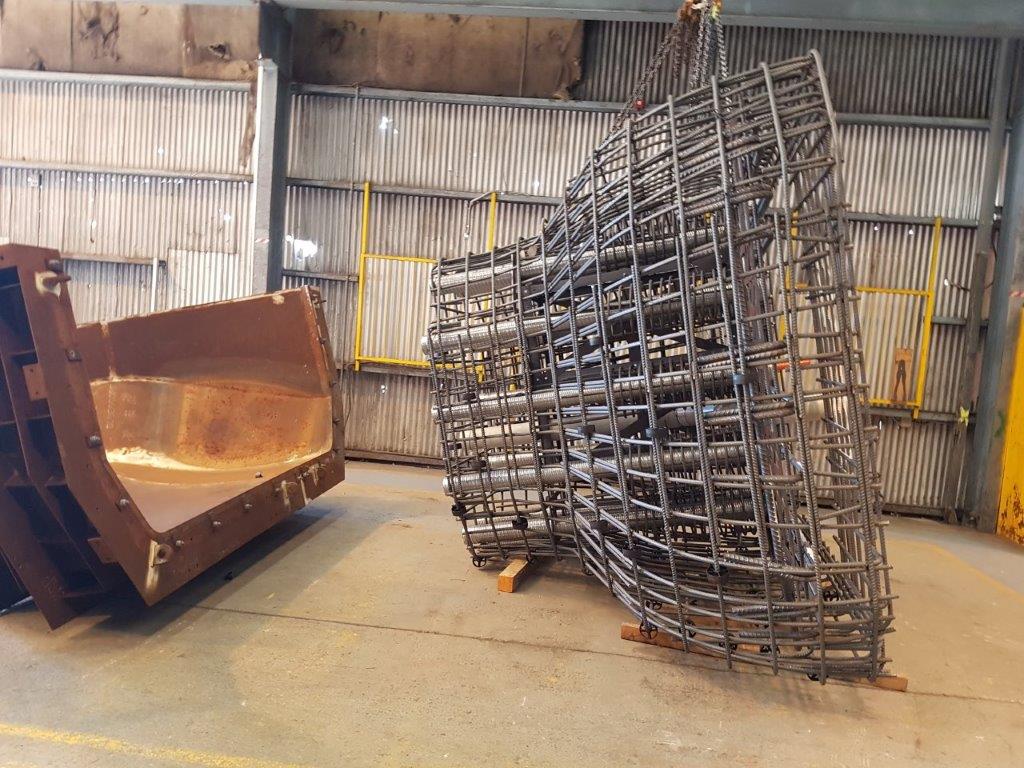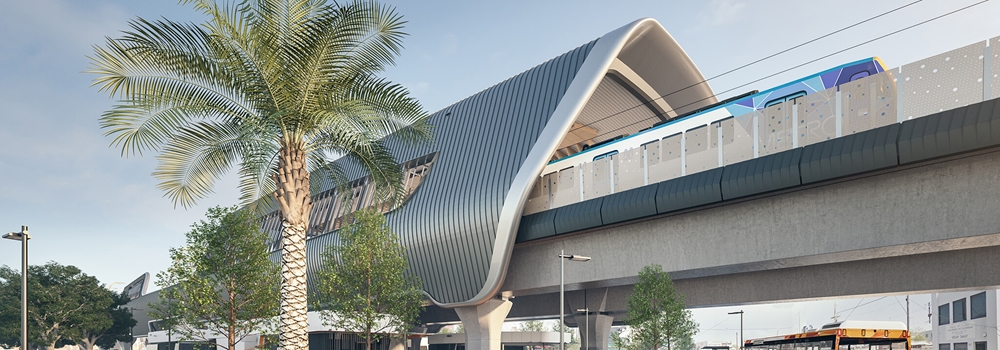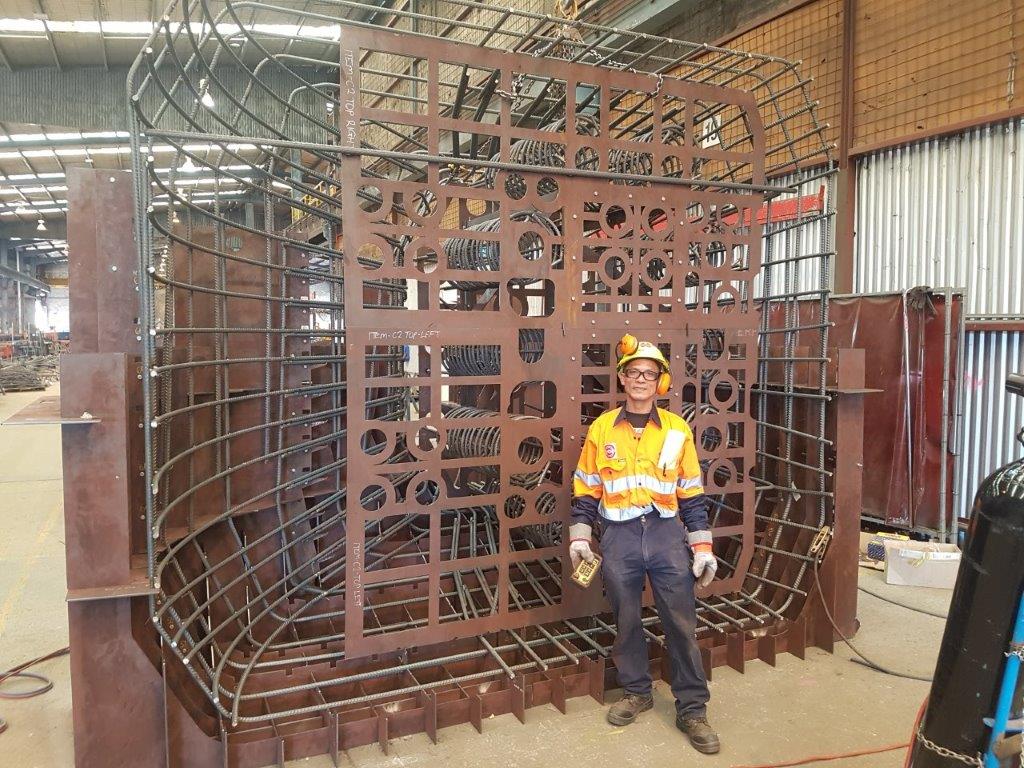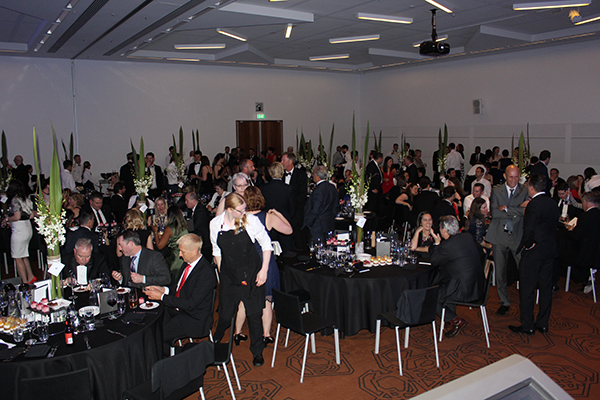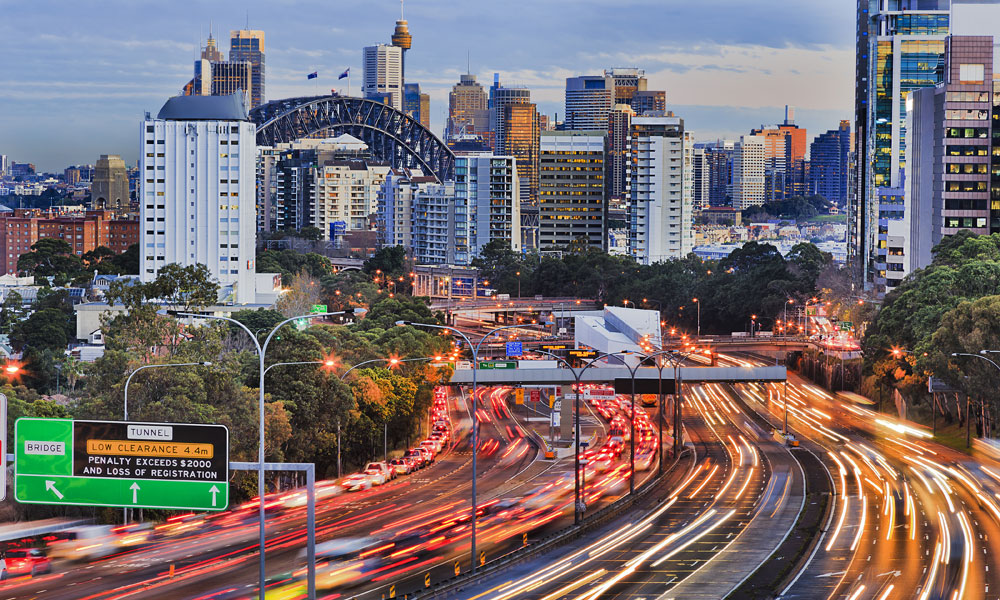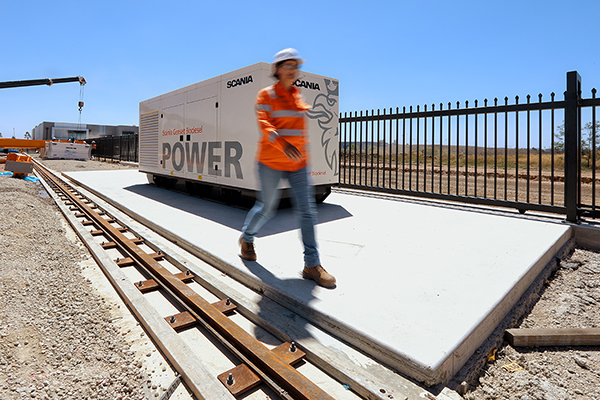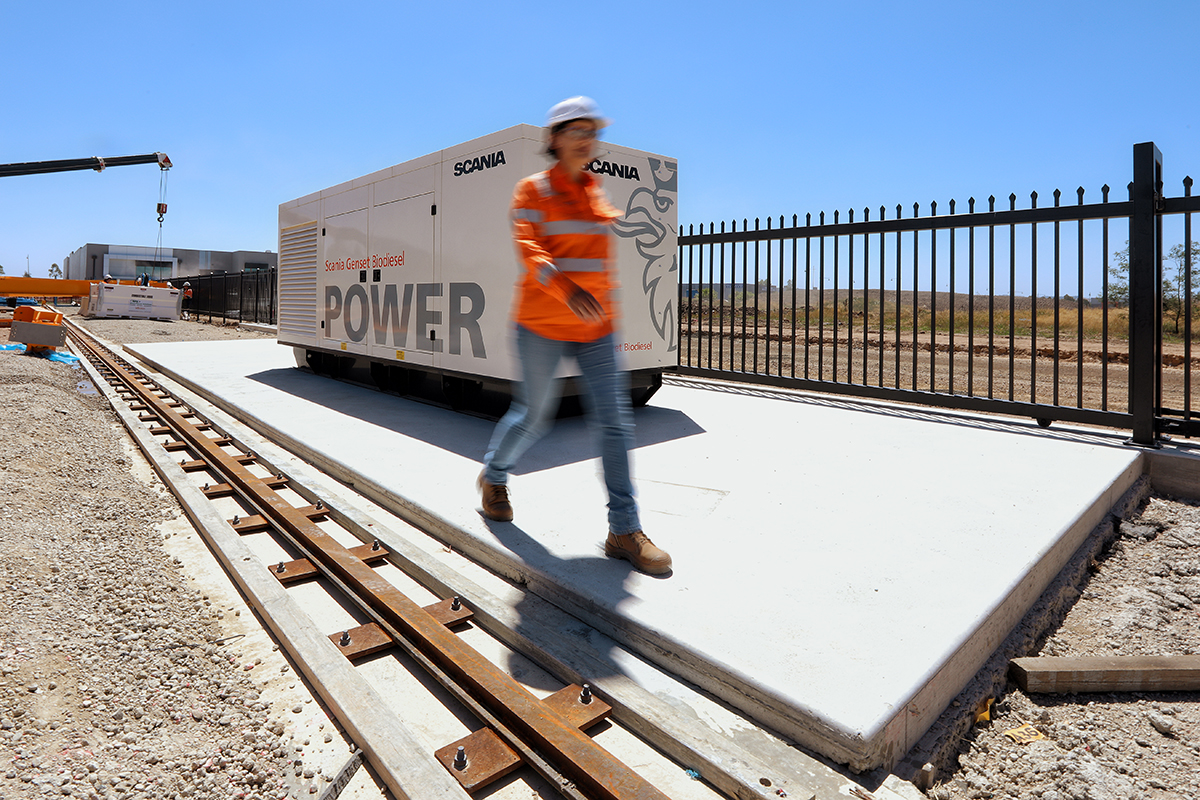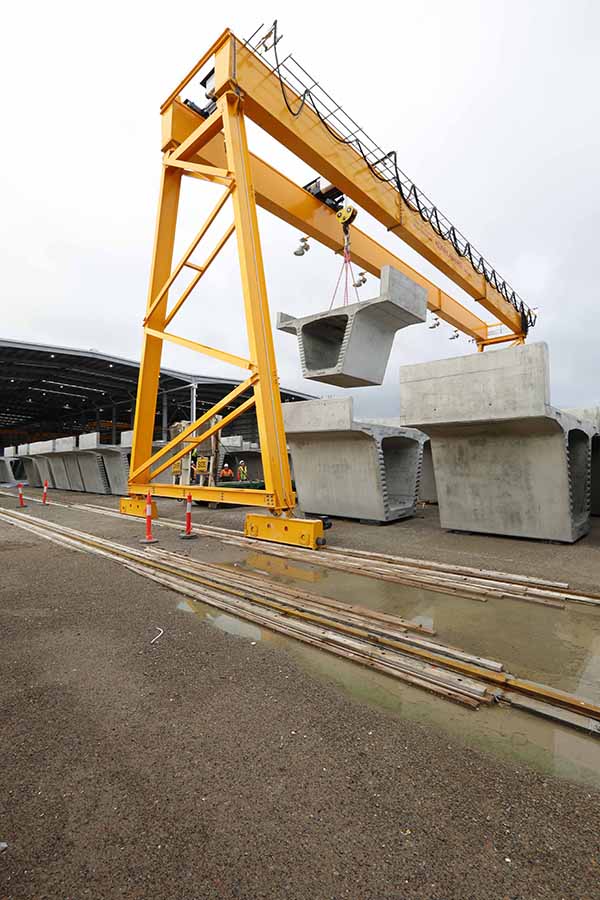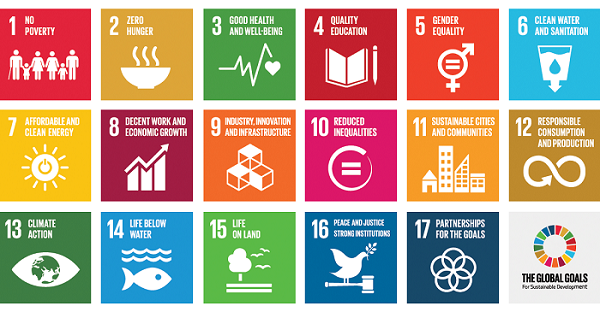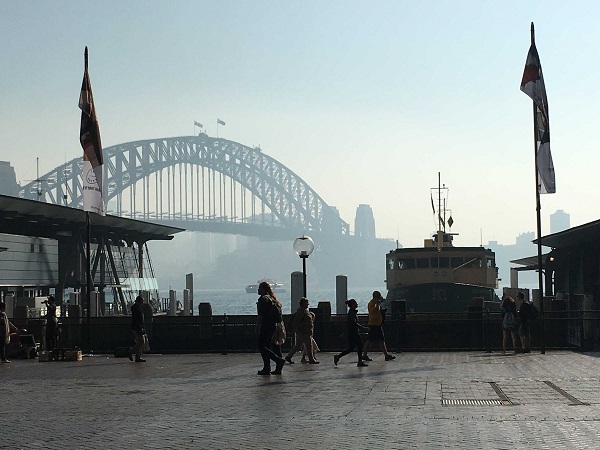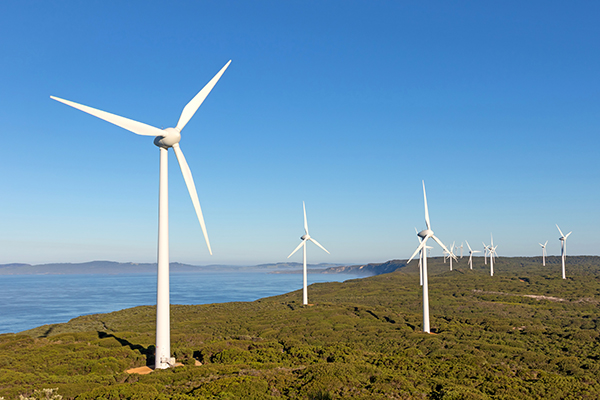Lendlease: Gold Partners at the IS Awards
ISCA are proud to have Lendlease, a founding member and continuous supporter, as a gold partner for this year’s IS Awards. We caught up with the infrastructure sustainability team at Lendlease ahead of next week’s IS Awards:
Why did you decide to partner with ISCA for the Infrastructure Sustainability (IS) Awards?
As a Signatory to the United Nations Global Compact, we remain committed to managing and optimising our sustainability contribution and performance through delivering economic, social and environmentally responsible outcomes. We have a long and proud history of championing environmental, social and economic outcomes to deliver projects that respond to both our clients’ needs and community expectations. Lendlease has been a proud supporter and member of ISCA for many years now and we are committed to delivering and maintaining sustainable infrastructure in construction and operation. We currently have 12 ISCA rated projects throughout Australia and have contributed to ISCA’s development over the years with involvement in pilot projects, board representation, industry secondments and involvement in various working groups and IS V2.0 review groups.
Support for ISCA and the IS Awards, which showcase best practice for implementing sustainability for infrastructure projects, is another way that we can demonstrate our commitment and support for sustainable infrastructure. Acknowledging achievement and best practice within the industry is crucial to ensure that the outcomes can be shared and implemented on a wider scale.
What are some of the ways Lendlease is demonstrating sustainability leadership?
Lendlease continues to build on our extensive sustainability expertise, consolidating our focus around two principal areas, namely environment and community. Lendlease is recognised by GRESB (Global Real Estate Sustainability Benchmark) as an international leader, with the Lendlease managed Australian Prime Property Fund (Commercial) ranked first. In FY18, Lendlease achieved 99% green certification of our development pipeline and we are delivering the IS framework on several projects around Australia. We remain focused on a 20% reduction in the consumption of energy, emissions, water and waste by 2020. We are implementing the recommendations of the Taskforce for Climate related Financial Disclosure (TCFD) and are a Signatory to both the UN Principles of Responsible Investment (UNPRI) and the UN Global Compact (UNGC).
Through our work, we also aim to leave a social legacy in creating jobs, building skills and supporting local and marginalised communities. There are numerous programs and initiatives underway across Lendlease and we are particularly proud of our RAP, which achieved Elevate status. Additionally, we continue to drive positive outcomes through the numerous skills and training ‘Hubs’ across our projects and through partnerships with organisations like CareerTrackers and CareerSeekers. We are also proud of our leadership in health and wellbeing, including the provision of leading mental health training, flexible work options and the provision of healthier work environments.
Lendlease was founded in Sydney, Australia, and is now a leading international property and infrastructure group with approximately 12,740 employees internationally. There’s a huge opportunity to have a positive impact for people and planet; what are some of the ways you’re achieving this?
Two examples that demonstrate our positive impact to people and planet is our work around Indigenous reconciliation through our Reconciliation Action Plan and our recent partnership with the Great Barrier Reef Foundation.
As an Australian company, our vision for reconciliation remains one that drives all employees to acknowledge and celebrate the proud heritage of Australia’s First Peoples. It also promotes opportunities for career development, sustainable business growth and economic participation of Aboriginal and Torres Strait Islander Australians. In 2016, our Reconciliation Action Plan (RAP) achieved ‘Elevate’ status, the highest level to be awarded by Reconciliation Australia. In the last financial year, Lendlease has engaged with over 50 Supply Nation certified or registered Indigenous businesses (to the value of $68.3M), several of which have signed partnership MoU’s to participate in Lendlease’s Gymea Program to deliver enhanced economic and social outcomes through our partnerships.
In April, our Group Chief Executive Officer and Managing Director, Steve McCann joined His Royal Highness, The Prince of Wales, on Queensland’s Lady Elliot Island, to announce a $5 million, 10 year partnership between Lendlease and the Great Barrier Reef Foundation (GBRF). This partnership will support a range of programs to protect and build resilience in the Great Barrier Reef, one of the seven wonders of the natural world. One of the ways we will activate our support is through Springboard, our flagship global Foundation program. Lendlease employees from around the world will have the opportunity to work with the Great Barrier Reef Foundation, and engage with local Indigenous communities, in on-ground conservation projects. This support aligns with our Elevate RAP (Reconciliation Action Plan) commitments, which are focused on providing meaningful and sustainable outcomes for Aboriginal and Torres Strait Islander people and their communities.
What role do you see infrastructure playing in how we respond to climate change?
Infrastructure plays a critical role in how we can manage, adapt and be resilient to the impacts of climate change. If we do not design and build infrastructure for future climate trends and predictions, the asset will be susceptible to climate change risks and will not service the community and society in the way it was intended. It is all too common these days to see vital pieces of infrastructure impacted by the extremes of climate change and the associated devastating impact this can have on the community. The infrastructure that we deliver today needs careful consideration of climate risks, the incorporation of sustainable material choices and processes; and the agility to respond positively to the adoption of new technologies such as autonomous and electric vehicles, the internet of things and other disruptive technologies.
What does the industry in Australia need to do to realise the SDGs by 2030?
Industry influence on the adoption and implementation of SDGs should not be underestimated. Industry can take a leadership position through the adoption of SDG targets, and other sustainability performance rating tools such as IS and Green Star, to continually drive business improvements internally and deliver quality assets that meet economic, social and environmental expectations for our clients. Industry can also assist by improving collaboration and actively sharing innovations and lessons learned to build momentum within the industry and reassure other organisations starting their sustainability journey that positive change is possible and makes strong business sense.
Investment in infrastructure is at a record high within Australia, and our ability to work collaboratively with our clients to achieve exceptional sustainability outcomes through the assets we design and deliver has never been greater. Ensuring that we use our internal experience and expertise to identify sustainable opportunities and overcome sustainability challenges will help lift this industry to new heights. That’s why the advocacy and adoption of SDGs, IS and other rating tools such as Green Star are important for our business and our clients and stakeholders.
How are you currently deploying the IS tool on your projects and what have been the challenges. Learnings and successes?
All of our IS rated projects have a dedicated team of sustainability professionals that help to coordinate and deliver the IS rating scheme. As we all know, sustainability is a team sport and requires each discipline of the project delivery team to activity participate and contribute to enhanced sustainability outcomes. Without their ongoing dedication and passion, some of our success stories would never have materialised. Building on that passion to improve the industry, monthly national sustainability forums are held with all our sustainability leads to help facilitate the transfer of knowledge between projects and team members. In addition to these forums, project sustainability leads are often invited to participate in other project sustainability start-up workshops to impart their knowledge and experience with the IS rating process. Often our sustainability leads will audit other IS rated projects to provide a “second opinion” on our submissions and ensure that our procedures are sound and robust. All our projects have found that early engagement with the ISCA team and communication about the roles and responsibilities of the wider project team in implementing sustainability, enables the best outcomes for the project.
From a corporate perspective, we are continually refining our management system and procedures to support the IS rating scheme, and facilitate the implementation of a consistent approach across the business.
What project are you particularly proud of and why?
We have a lot of great projects, but more importantly, many experienced and dedicated people who are delivering truly amazing outcomes on our projects. Projects such as Melbourne Metro Cross Yarra Partnership are setting new benchmarks for sustainability and showcasing what is possible through good planning and commitment to sustainable practices. Northconnex, which was our first project to achieve a leading rating, has implemented best practice in water treatment and recycling with a treatment plant that has recycled up to 50% of water used for tunnelling operations. Other significant projects include our Northern Connector project that is achieving amazing outcomes though our Employment and Skilling Hub (NorthHub) and our Caulfield to Dandenong Level Crossing Removal Projects that are continually pushing boundaries and striving for best practice as seen within the latest ISCA impacts report. While not a project, we’re also proud of our concrete precast facility (Australian Precast Solutions) that has been producing precast concrete structures with significantly less cement content than traditional concrete mixes.
How has using the ISCA framework helped to drive more sustainable outcomes for Lendlease?
For the first time within our industry, the ISCA framework has brought consistency to the way industry implements, reports and measures sustainability performance. This consistency, along with the widespread adoption of the framework by our key clients, has cemented sustainability as a key component of infrastructure delivery. It has also provided the industry with a mechanism to continually improve sustainability performance and challenge traditional industry norms.
What’s next for Lendlease?
Our vision is to create the best places, and we recognise that we are uniquely placed in the type and scale of work we deliver and the locations we work in, to be able to positively contribute to global scale agendas, like the UN Sustainable Develop Goals. We can achieve this not only through ‘what’ we do, but also ‘how’ we do it. To this end, Lendlease remains committed and focused on delivering long term value as governments, investors and the private sector seek trusted partners who can deliver efficient, healthy and resilient outcomes that are financially, environmentally, culturally and socially inclusive.


